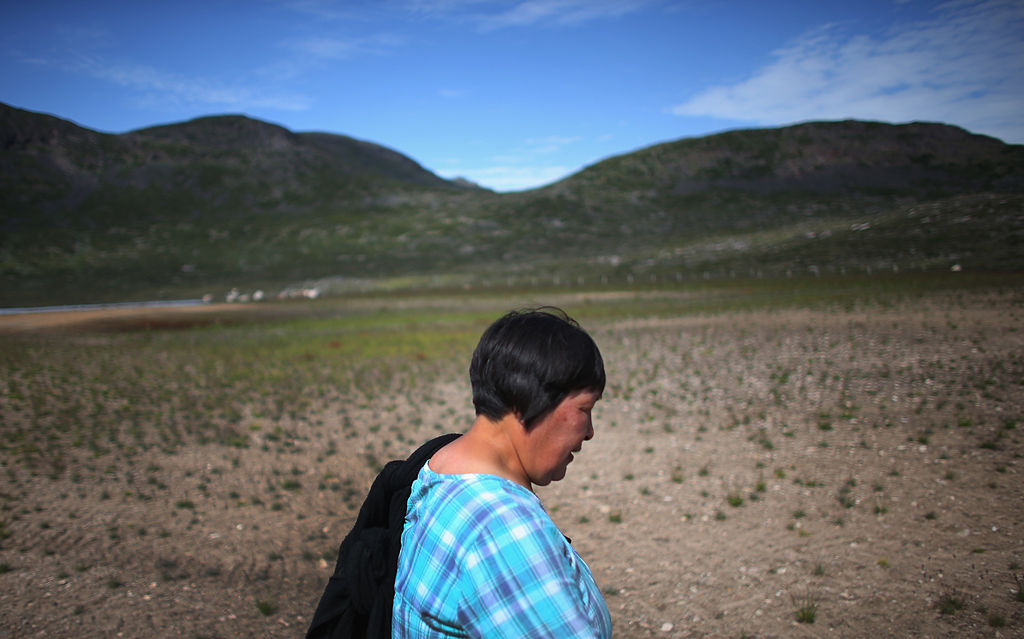In the lead-up to his inauguration, President Donald Trump identified a surprising priority: Greenland. Trump wants to purchase the island, which is an “autonomous” province of Denmark; take control of the Panama Canal; and annex Canada as part of his plan to Make America Great Again. The proposal has drawn sharp criticism from Denmark, which claims that Greenland ultimately should decide on its own independence.
Detractors have called Trump crazy and deranged. But his proposal is not without historical precedent. Trump’s bid to purchase the island marks the fifth time the United States has sought to acquire Greenland. During World War II, the US briefly occupied the island, later establishing and maintaining its northernmost airbase there during the Cold War to counter the Soviet Union. Today, with China emerging as Greenland’s top trading partner, the foreign policy establishment worries that the West will no longer be able to access its resources and shipping routes.
Europe has denounced Trump, insisting that Greenland is Denmark’s. But Greenland does not belong to Denmark or America; it belongs to Greenlanders. Greenlanders have long wanted independence, with a majority supporting the idea. The biggest barrier is not legal but economic: Greenland’s economy remains heavily reliant on Danish subsidies.
To free itself from Copenhagen’s control, Greenland should seize this moment in the global spotlight to advance its aspirations and attract the investment necessary to build a self-sufficient economy. If this wealth were equitably distributed to empower ordinary Greenlanders, as envisioned by the social democratic party Inuit Ataqatigiit, it could achieve not only independence but also liberation from the colonial poverty that has…
Auteur: Aidan Simardone

